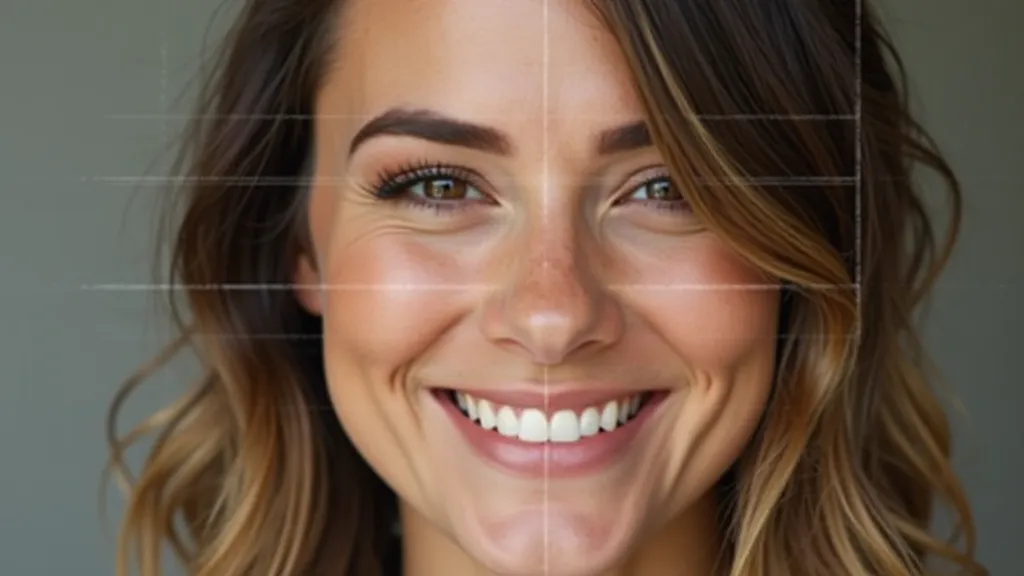The Rule of Thirds: A Simple Composition Technique
Want to take your photography from ‘okay’ to ‘wow’? Mastering composition is key, and one of the simplest, most effective techniques you can learn is the Rule of Thirds. It’s a fundamental guideline, but its impact on your photos is significant. Let's dive in!
What is the Rule of Thirds?
Imagine dividing your image into nine equal parts by using two horizontal lines and two vertical lines. The Rule of Thirds suggests that you place key elements of your scene along these lines, or at the points where they intersect. These intersection points are often referred to as "power points" or "sweet spots."

Why does this work? Placing your subject off-center creates a more dynamic and visually appealing image. It draws the viewer’s eye around the scene, creating a feeling of balance and harmony. A photo with the subject directly in the center can feel static and predictable. Consider how this applies to vast landscapes – a centered horizon line can feel restrictive. For stunning landscapes, explore landscape photography tips to really learn to capture the grandeur of the scene.
How to Apply the Rule of Thirds
Here’s a breakdown of how to put the rule of thirds into practice:
- Identify Key Elements: First, determine what the most important elements in your scene are. This could be a person, an animal, a building, or even a particular feature of the landscape.
- Imagine the Grid: Picture those two horizontal and two vertical lines overlaying your viewfinder or camera screen. Most modern cameras even have a setting to display this grid directly on the screen – turn it on!
- Place Elements on the Lines or Intersections: Position your key elements along one of the lines or at one of the intersection points. For example, if you’re photographing a portrait, place the person’s eyes along one of the horizontal lines. If you’re photographing a flower, place it at a "power point."
- Consider Negative Space: Don't feel like you always have to fill every part of the frame. Sometimes, leaving empty space (negative space) around your subject can create a sense of calm and draw more attention to the subject itself. This is especially true when capturing movement – letting the eye travel through the scene can emphasize the action.

Beyond simply positioning a subject, the Rule of Thirds extends to how you handle light and shadow. Proper lighting can dramatically impact the overall feeling of your photograph, and learning the basics of portrait lighting is vital, especially if you’re focusing on portrait photography. Dive deeper into the techniques used in portrait photography basics for a well-rounded understanding of the craft.
Beyond the Basics: Breaking the Rule (Sometimes!)
While the Rule of Thirds is a fantastic starting point, it’s not a hard and fast law. Experienced photographers often *break* the rule to create specific effects. Perhaps you want to convey a sense of symmetry, or perhaps the subject looks better centered. This is especially true when you want to create a feeling of stability or order. For example, architectural photography often benefits from centered compositions to showcase the symmetry of the building. Once you’re comfortable with the rule, feel free to experiment and see what works best for your vision.
Sometimes, even seemingly minor adjustments to your settings can drastically alter the mood of your picture. Consider how shutter speed can influence how motion is captured. A slow shutter speed can blur movement, creating a sense of fluidity and dynamism, while a fast shutter speed freezes the action in time. Understanding these fundamentals and how to control them is key to photographic excellence. Check out shutter speed explained to learn more about capturing movement and stillness.
Practice Makes Perfect
The best way to master the Rule of Thirds is to practice! Take lots of photos, consciously applying the rule. Analyze your images afterward and see how the composition affects the overall impact. Don’t be afraid to experiment and have fun! Remember to also consider how your editing choices impact the final look and feel of your image. Basic editing techniques, like adjusting exposure and contrast, can greatly enhance your photographs. Start with simple photo editing in Lightroom for beginners to build a solid foundation.

Think about different genres of photography – wildlife, street, fashion. Each demands a nuanced understanding of composition and its power to communicate a specific narrative. For example, when photographing birds in flight, understanding how to freeze that motion requires careful attention to shutter speed. The Rule of Thirds helps guide the placement of these dynamic subjects within the frame, ensuring a visually appealing and engaging photograph.
Final Thoughts
The Rule of Thirds is a simple yet powerful tool that can dramatically improve your photography. Start using it today, and watch your images come to life! It's a stepping stone to a deeper appreciation for visual storytelling and an ability to create images that resonate with viewers on an emotional level. Mastering the basics – like understanding the Rule of Thirds and experimenting with different lighting techniques – is what separates an average photographer from a truly skilled one.
As you progress in your photographic journey, consider the interplay of all the elements: composition, lighting, shutter speed, aperture, and ISO. Each aspect contributes to the final image, and a well-rounded understanding of each will enable you to create truly compelling photographs.
Don't be afraid to break the rules, but first, understand why they exist. Embrace experimentation, seek inspiration from other artists, and most importantly, have fun exploring the world through your lens!





